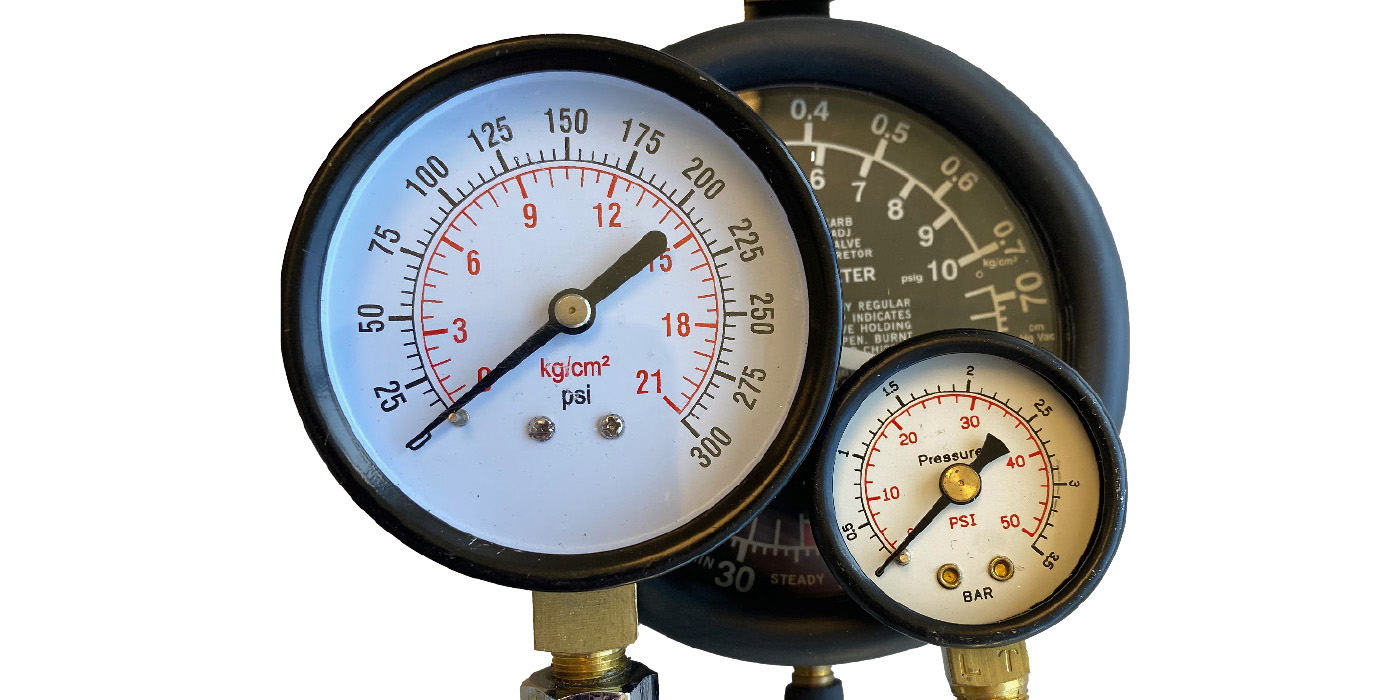Q: Why are fuel pumps so often misdiagnosed?
A: Fuel pumps have a high return rate because any number of things may prevent the engine from getting fuel. Common causes of no fuel include a plugged fuel filter, blocked fuel line, blown fuel pump fuse, bad fuel pump relay, electrical faults in the fuel pump wiring (opens, shorts or excessive resistance), a dead fuel pump or no fuel in the tank. In cases where the pump is dead and does not spin when the key is turned on, the problem may be the pump itself or it may be the pump’s voltage supply or wiring connections. A problem with a vehicle’s anti-theft system (or PCM) may also disable the fuel pump circuit and prevent the engine from starting.
Sometimes a fuel pump will run but not spin fast enough to develop normal fuel pressure. This may cause hard starting and poor engine performance. A weak pump may deliver enough pressure and flow for low-speed driving but starve the engine for fuel when engine speed and load increase, causing the engine to misfire. Sometimes the problem is not the pump at all, but a leaky fuel pressure regulator that can’t maintain adequate pressure to the fuel injectors.
Accurate diagnosis requires making various electrical checks if the pump is not working to rule out other possibilities such as a blown fuse, bad relay or wiring fault. In cases where the pump runs, fuel pressure needs to be checked with an accurately calibrated fuel pressure gauge. A flow meter can be used to check fuel delivery, or the pump’s output can be measured by disconnecting a fuel line and seeing how much fuel it can deliver. A good pump should usually deliver a quart of fuel in 30 seconds.
A new or used fuel pump that is not installed in a vehicle should never be jumped to test it. Fuel pumps must be submerged in fuel for both cooling and lubrication. Running a pump dry can damage it.
When a “bad” fuel pump is returned to the manufacturer under warranty, it is usually bench tested wet on special equipment to determine why it failed. According to one major fuel pump supplier, 62 percent of the pumps returned have no fault found and work perfectly — which means a lot of fuel pumps are being misdiagnosed and returned or replaced unnecessarily.
The best advice here is to ask your customer if they’re sure they really need a new fuel pump. Have they ruled out all of the other possibilities? If not, they should do some additional checks to make sure the pump needs to be replaced.













